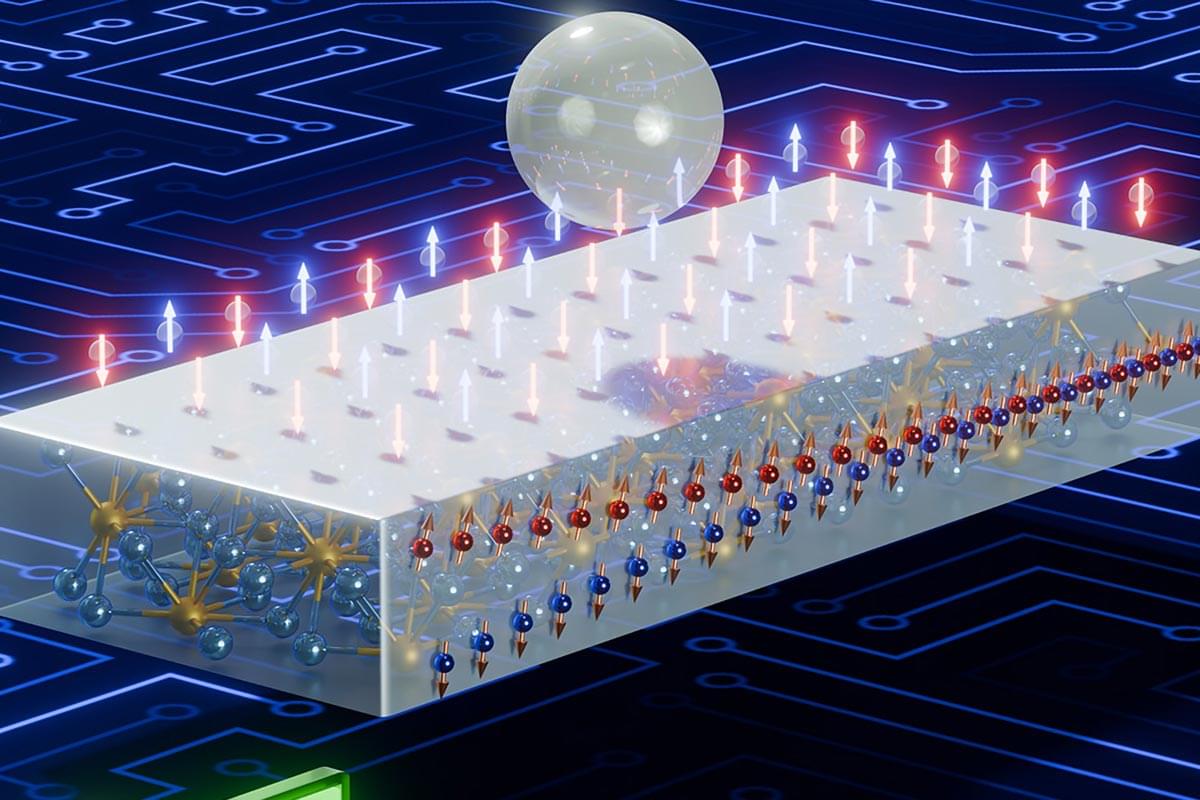A tiny, fast, and powerful light analyzer could soon bring lab-grade spectroscopy to your pocket.



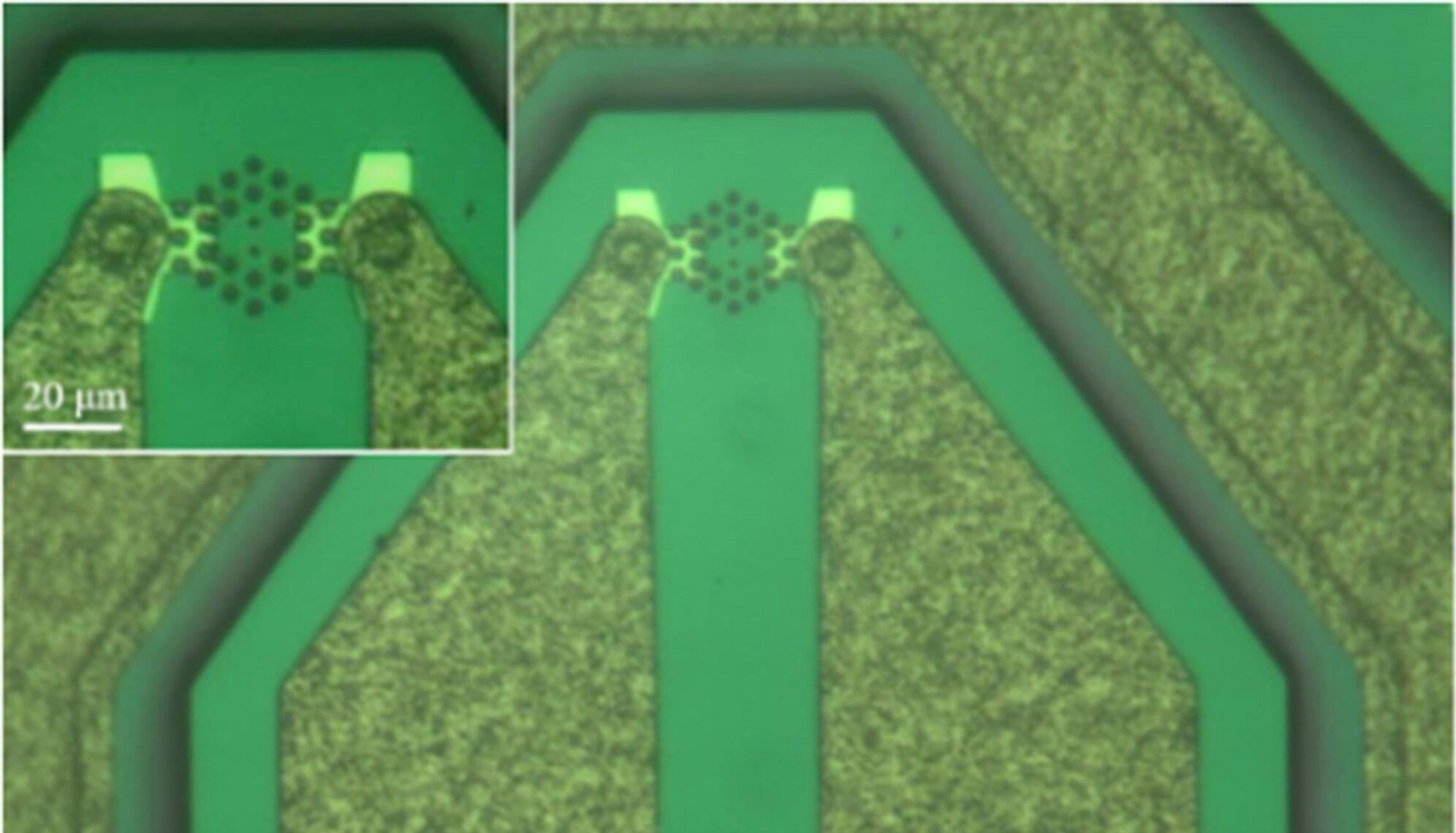
Known for their ability to seamlessly integrate into semiconductor chips, VCSELs (vertical cavity surface-emitting lasers) are used in everything from computer mice to face-scanning hardware in smartphones. However, these devices are still very much an active field of research, and many researchers believe there are still important applications waiting to be discovered.
The laboratory of Kent Choquette, a professor of electrical and computer engineering in The Grainger College of Engineering at the University of Illinois Urbana-Champaign, has developed a new design in which light from multiple VCSELs combines to form a single coherent pattern called a “supermode.”
As the researchers report in the IEEE Photonics Journal, the result is a controllable pattern brighter than what is possible with an array of independent devices, adding to the capabilities of these already-versatile devices.
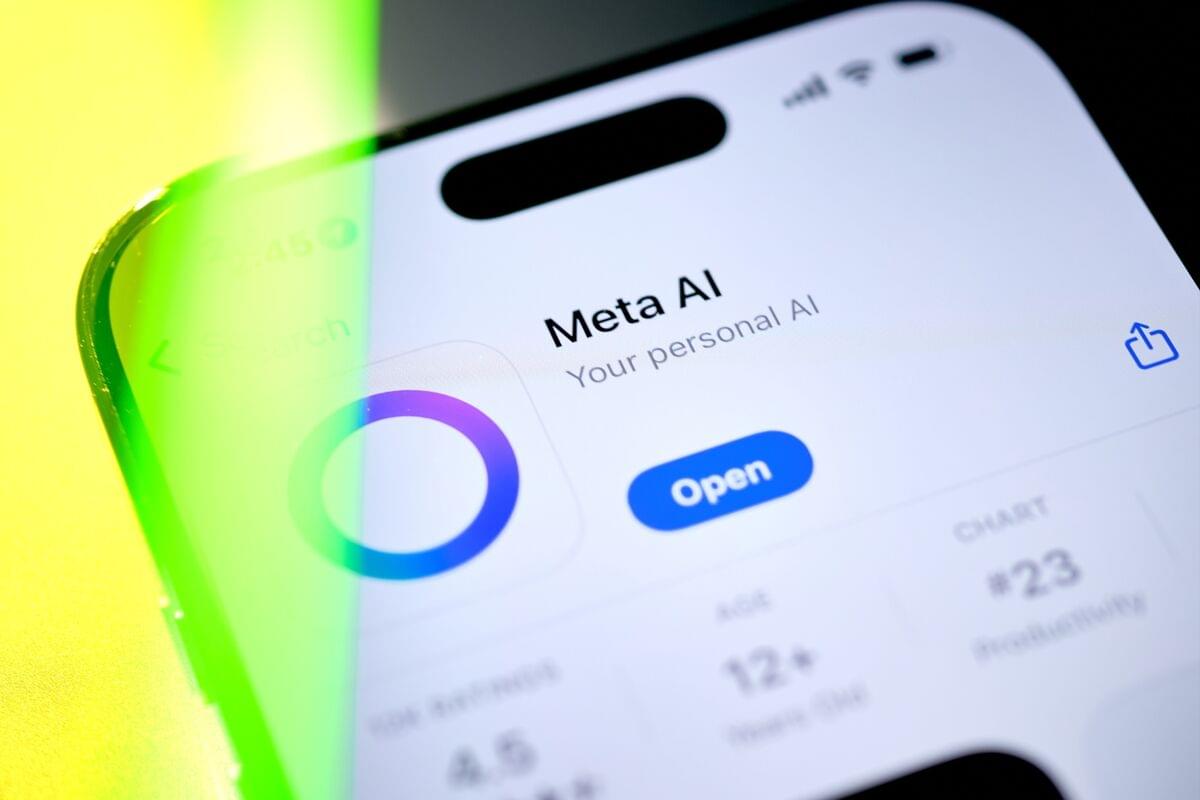
Apple Inc. has lost its fourth AI researcher in a month to Meta Platforms Inc., marking the latest setback to the iPhone maker’s artificial intelligence efforts.
Bowen Zhang, a key multimodal AI researcher at Apple, left the company on Friday and is set to join Meta’s recently formed superintelligence team, according to people familiar with the matter. Zhang was part of the Apple foundation models group, or AFM, which built the core technology behind the company’s AI platform.
Jess Wade explains the concept of chirality, and how it might revolutionise technological innovation.
Join this channel to get access to perks:
https://www.youtube.com/channel/UCYeF244yNGuFefuFKqxIAXw/join.
Watch the Q&A here (exclusively for our Science Supporters): https://youtu.be/VlkHT-0zx9U
This lecture was recorded at the Ri on 14 June 2025.
Imagine if we could keep our mobile phones on full brightness all day, without worrying about draining our battery? Or if we could create a fuel cell that used sunlight to convert water into hydrogen and oxygen? Or if we could build a low-power sensor that could map out brain function?
Whether it’s optoelectronics, spintronics or quantum, the technologies of tomorrow are underpinned by advances in materials science and engineering. For example, chirality, a symmetry property of mirror-image systems that cannot be superimposed, can be used to control the spin of electrons and photons. Join functional materials scientist Jess Wade as she explores how advances in chemistry, physics and materials offer new opportunities in technological innovation.
–
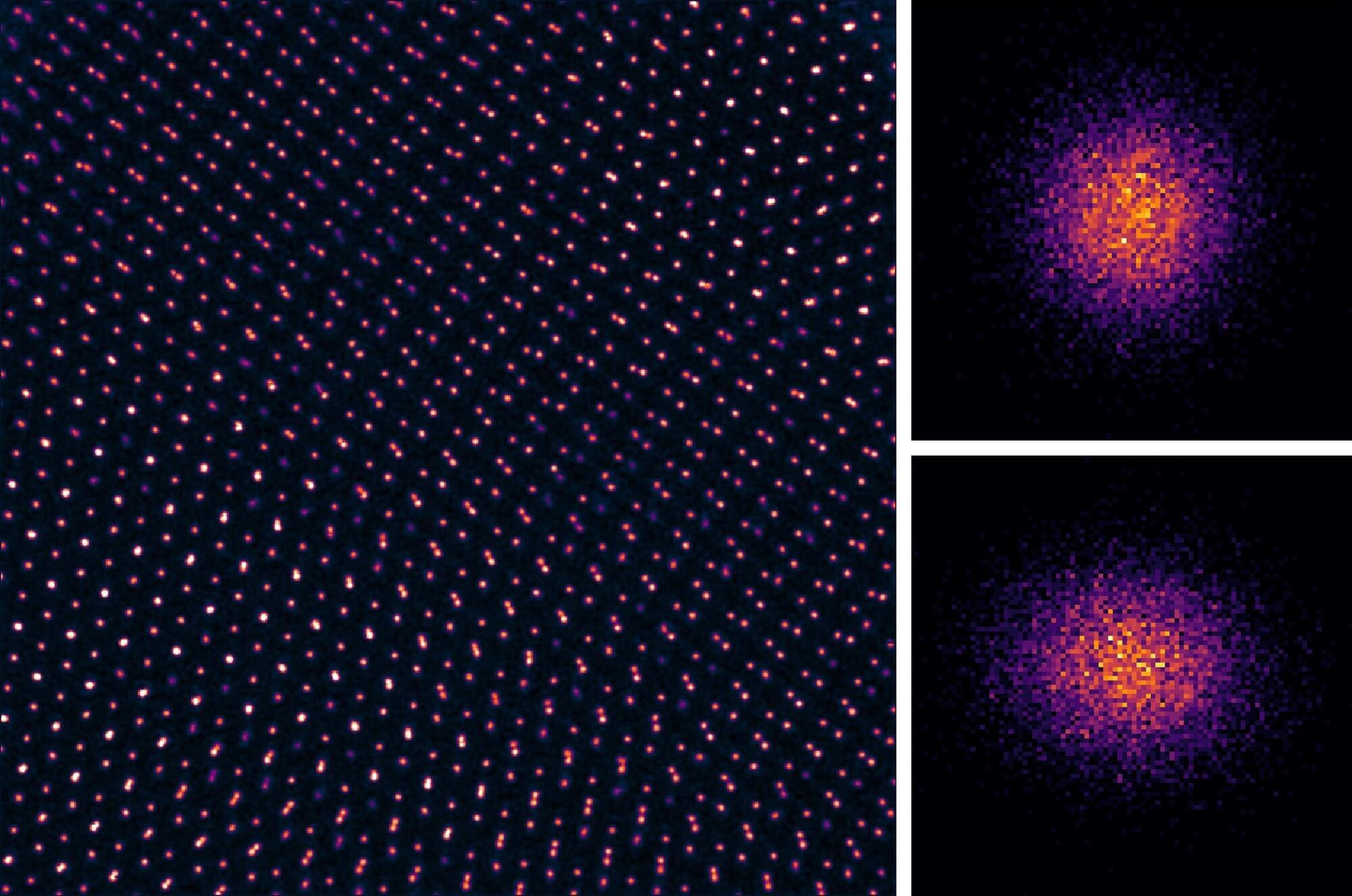
Most people envision vibration on a large scale, like the buzz of a cell phone notification or the oscillation of an electric toothbrush. But scientists think about vibration on a smaller scale—atomic, even.
In a first for the field, researchers from The Grainger College of Engineering at the University of Illinois at Urbana-Champaign have used advanced imaging technology to directly observe a previously hidden branch of vibrational physics in 2D materials. Their findings, published in Science, confirm the existence of a previously unseen class of vibrational modes and present the highest resolution images ever taken of a single atom.
Two-dimensional materials are a promising candidate for next-generation electronics because they can be scaled down in size to thicknesses of just a few atoms while maintaining desirable electronic properties. A route to these new electronic devices lies at the atomic level, by creating so-called Moiré systems—stacks of 2D materials whose lattices do not match, for reasons such as the twisting of atomic layers.
Could Meta be on the verge of transforming how we interact with our digital devices? If the company’s latest innovation takes off, we might soon be controlling our computers, cell phones and tablets with a simple flick of the wrist.
Researchers at Meta’s Reality Labs division have unveiled an experimental wristband that translates hand gestures and subtle finger movements into commands that interact with a computer. This allows a user to push a cursor around a screen or open an app without needing a mouse, touchscreen or keyboard. The technology can even transcribe handwriting in the air into text (currently at a speed of 20.9 words per minute).
In a paper published in Nature, the team describes how its sEMG-RD (surface electromyography research) works. The wristband uses a technique called electromyography to pick up electrical signals when the brain tells the hand to perform an action. It then converts those signals into commands that control a connected device, such as your phone.
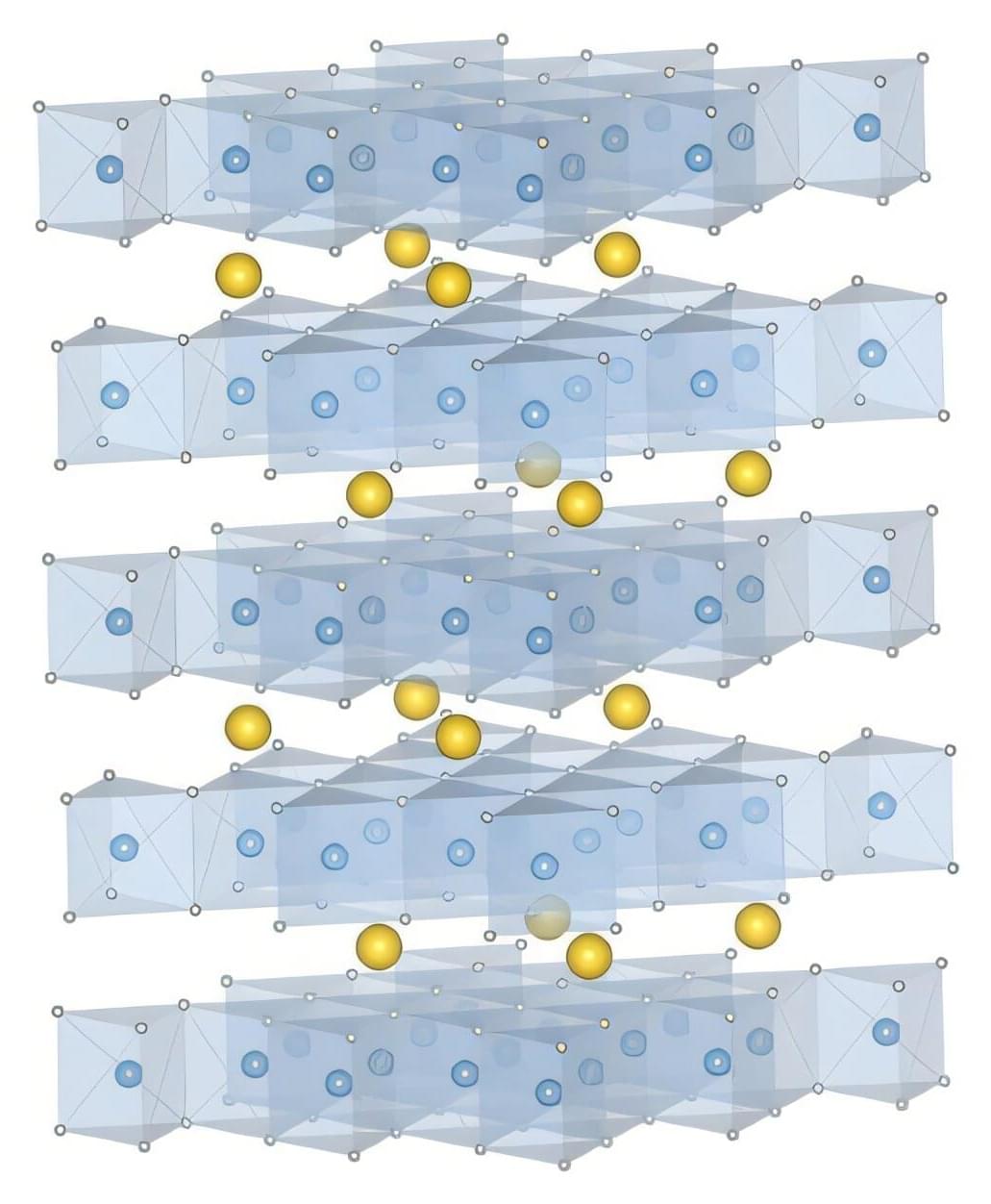
RIKEN physicists have found a magnetic material that converts heat into electricity with high efficiency, making it promising for use in energy-harvesting devices. The work is published in the journal Nature Communications.
Photos you take on your smartphone are saved as a series of zeros and ones in a ferromagnetic material —magnetic materials that resemble iron in that their magnetic moments all point in the same direction.
Ferromagnets are easy to manipulate, making it easy to save data. However, because their magnetic moments are all aligned, they generate strong magnetic fields, and so it is not possible to cram a lot of them into a small space.
It’s 3:43 AM. Sirens are howling. Your phone lights up: DEFCON 1. Multiple ICBMs inbound.
World War 3 has just begun.
Would you know what to do in the first minutes? Most people freeze. This guide is for those who act.
In this video, we walk you through the real first steps to take if global war breaks out — not theory, not panic, but practical survival strategy for the first 24 hours: from identifying if you’re in a high-risk zone, to securing water and food, to communicating with loved ones when the grid is down.
💥 Whether it’s a nuclear attack, an EMP, or a cyber blitz — this is what you need to know before it’s too late.
Topics we cover include:
